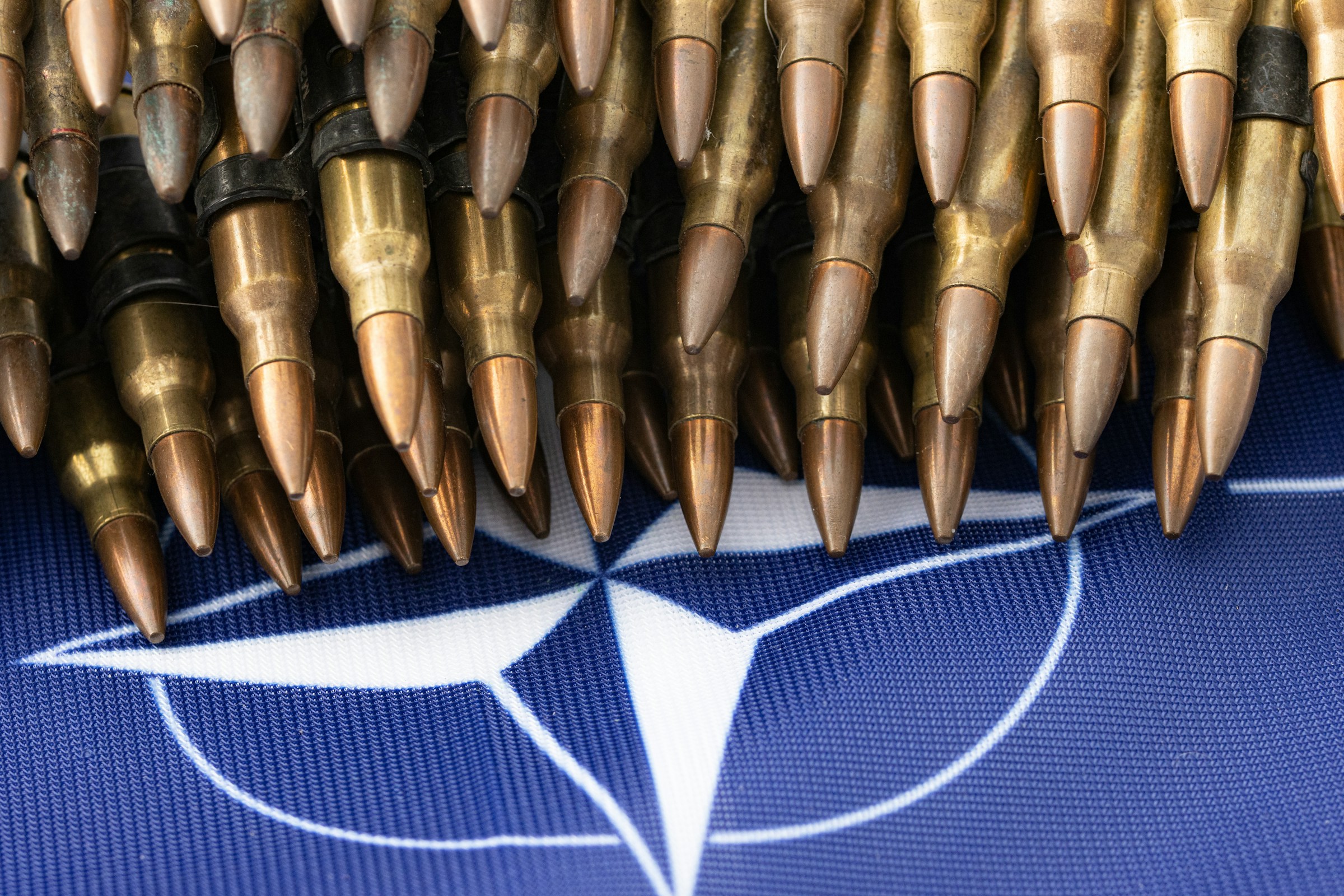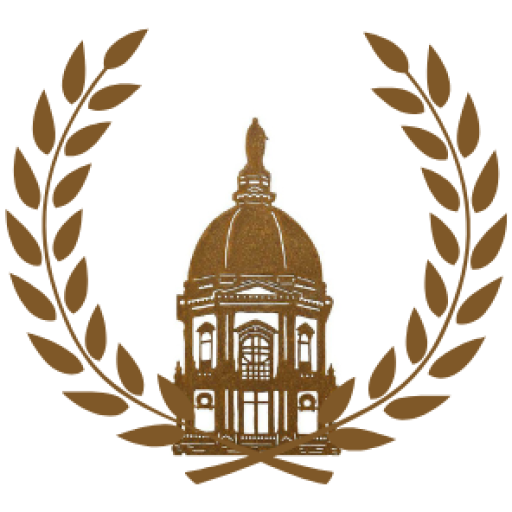
The North Atlantic Treaty Organization 1990
Welcome to the North Atlantic Treaty Organization General Assembly! The year is 1999, and the nation formerly known as Yugoslavia has broken apart over the last decade, resulting in a series of violent conflicts that threaten the security and stability of Europe itself. Since 1991, wars for independence, insurgencies, and even genocide have plagued the Balkans, with the situation now requiring NATO’s attention in order to resolve. The last decade has seen wars of independence by the newly formed states of Slovenia and Croatia, a war between Bosnia and Herzegovina and Serbia-backed forces, and another war between Kosovo and the Federal Republic of Yugoslavia. Ethnic cleansing in Bosnia has further inflamed tensions and resulted in international calls for intervention. It is important to note that unresolved tensions between ethnic minorities within the former Yugoslavia are at the core of most of these conflicts and that any solutions will need to take this fact into account. As the NATO general assembly, it is up to this body to decide when and how NATO will intervene in the Balkans in order to prevent genocide, put an end to the fighting, and ensure that national boundaries are drawn in such a way that future conflicts are avoided. The future stability of the region, and indeed all of Europe, depends upon your choices!
Topic: The Ethnic Conflicts of the 1990s
Chair

Tommy Rafacz is a senior at the University of Notre Dame studying political science and public service. Tommy is originally from Schaumburg, Illinois, and has been part of ND MUN for four years. He enjoys hiking, reading, and playing video games in his spare time. He has attended four conferences while at Notre Dame, including conferences at Georgetown, Harvard, Johns Hopkins, and the University of Chicago. His favorite committee was an early Cold War crisis committee in Chicago, where the committee staff was hilarious in acting out various crisis scenarios. Tommy is most excited to participate in a conference from a staff perspective and see what creative solutions delegates are able to implement in this committee.

